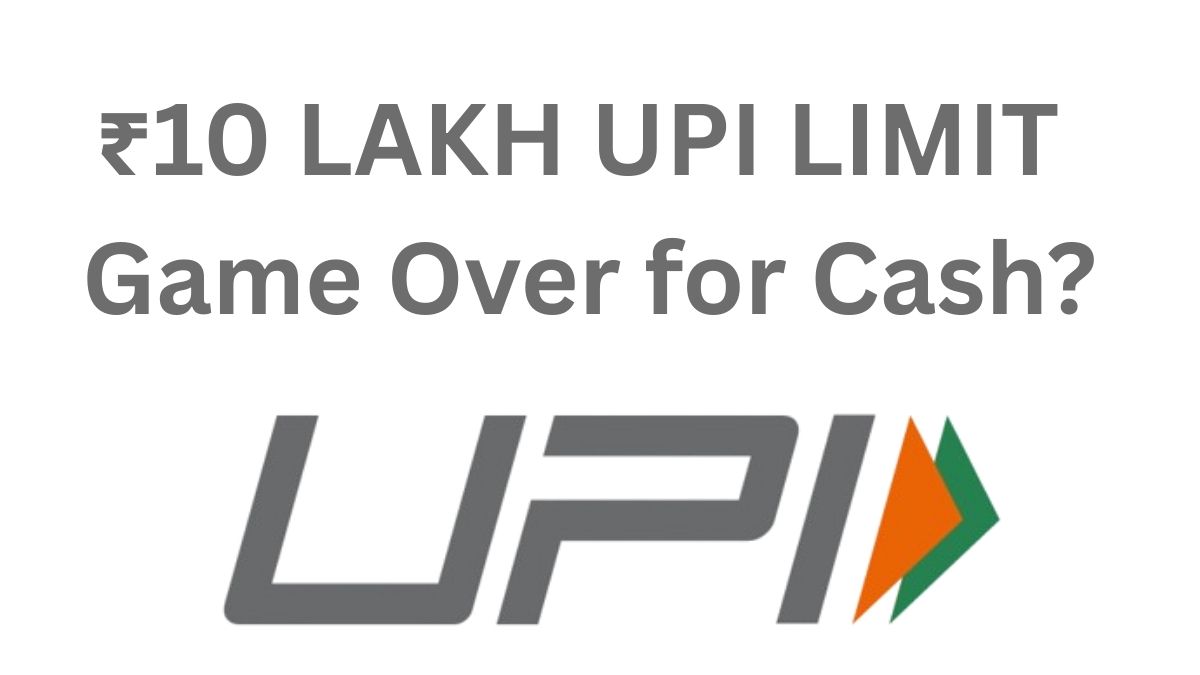The National Payments Corporation of India (NPCI) has announced sweeping changes to UPI settlement systems that promise to transform how digital payments are processed in the country. These modifications, taking effect November 3, 2025, represent the most significant overhaul to India’s payment infrastructure in recent years.
The Settlement System Gets a Complete Makeover
What immediately stands out in NPCI’s latest announcement is the fundamental restructuring of UPI’s settlement architecture. The organization is implementing a dual-track system that separates authorized transactions from dispute settlements—a move that addresses long-standing efficiency concerns in the digital payments ecosystem.
The new framework designates the 10 regular settlement cycles, operating from 9 am to 9 pm with two-hour intervals between each cycle, specifically for processing authorised transactions only. Dispute-related settlements will now operate through two dedicated time slots: the first running from midnight until 4 pm, and the second covering 4 pm to midnight.
This separation tackles a critical bottleneck that has been affecting settlement speed and reliability. Previously, both authorized and disputed transactions competed for processing time within the same cycles, creating potential delays for routine payments.
Breaking Down the New Cycle Structure
The technical implementation reveals NPCI’s commitment to operational excellence. Settlement cycles 1 through 10 will now handle only smooth, authorized transactions—those payments where money flows from sender to recipient without any hitches. This streamlined approach should significantly reduce processing delays for the majority of UPI transactions.
For problematic transactions, NPCI introduces cycles 11 and 12, dedicated exclusively to dispute resolution. These cycles will utilize specialized file naming conventions—DC1 and DC2, where DC represents “Dispute Cycle”—ensuring clear segregation and tracking of contested payments.
The practical impact becomes clear when analyzing typical payment failures. When you transfer money but it doesn’t reach the merchant’s account due to technical issues, that transaction automatically enters the dispute settlement queue. Under the new system, these problematic cases won’t slow down regular payments, and NPCI can dedicate focused resources to resolving them efficiently.
Transaction Limits Reach New Heights
Beyond settlement improvements, NPCI has dramatically expanded UPI’s capabilities for business transactions. After this change users can now make UPI merchant transactions of up to 10 lakh rupees in a single day for selected verified categories. The daily transaction limit for Person-to-Person (P2P) transfers continues to stay at 1 lakh rupees.
These increased limits went into effect on September 15, 2025, as per NPCI’s directive issued on August 28, 2025. Banks and payment service providers have been implementing these changes across their UPI-enabled applications and services.
This represents a tenfold increase for person-to-merchant (P2M) transactions in specific categories, including insurance, capital markets, and high-value merchant payments. Individual UPI transaction limits for capital markets and insurance transactions have been increased from the previous Rs 2 lakh ceiling to Rs 5 lakh per transaction. Similarly, any person/user will now be able to make payments totalling up to Rs 10 lakh within a 24-hr window.
Strategic Business Implications
The timing of these changes reflects NPCI’s response to India’s rapidly evolving digital economy. High-value transactions—previously requiring multiple UPI payments or alternative methods like RTGS—can now be completed seamlessly through UPI platforms. This development particularly benefits sectors like insurance premium payments, mutual fund investments, and travel bookings.
The maintained ₹1 lakh daily limit for person-to-person transfers demonstrates NPCI’s balanced approach to risk management. While enabling business growth through higher merchant payment limits, the organization preserves existing safeguards for individual money transfers.
What This Means for Users and Businesses
For everyday UPI users, the November 3 changes should translate to noticeably faster payment processing and more reliable transaction completion. The separation of dispute handling means your regular payments won’t be delayed by system-wide dispute processing activities.
Businesses, especially those in high-value segments, gain significant operational advantages. Instead of splitting large payments across multiple days or using alternative payment methods, merchants can now accept substantial UPI payments directly. This change specifically benefits high-value sectors like insurance, capital markets, and travel bookings. Users can now make larger payments without splitting transactions across multiple days.
The enhanced dispute resolution framework also provides better protection for failed transactions. When payments don’t reach their intended destination, the dedicated dispute cycles should enable faster refund processing and clearer transaction tracking.
Implementation Timeline and Industry Readiness
Banks and payment service providers have been working to implement these changes across their UPI-enabled applications since the September announcement. The phased rollout—with P2M limit increases already active since September 15 and settlement changes coming November 3—provides the industry time to adapt systems and train support staff.
NPCI’s approach demonstrates sophisticated understanding of payment system complexity. Rather than implementing all changes simultaneously, the staggered timeline allows for real-world testing of higher transaction limits before the more complex settlement system modifications take effect.
Looking Ahead: UPI’s Continued Evolution
These changes position UPI for handling India’s growing digital payment volumes while maintaining system reliability and security. The separation of authorized and disputed transactions creates scalable infrastructure that can accommodate future growth without compromising processing speed.
The strategic focus on high-value merchant transactions also aligns with India’s broader financial inclusion goals, enabling more businesses to participate fully in the digital economy without payment processing limitations.
For users and businesses alike, November 3 marks a significant milestone in UPI’s evolution from a convenient payment tool to a comprehensive financial infrastructure capable of handling India’s complete digital transaction ecosystem. The enhanced system promises faster payments, better dispute resolution, and expanded transaction capabilities—setting the foundation for the next phase of India’s digital payment revolution.
